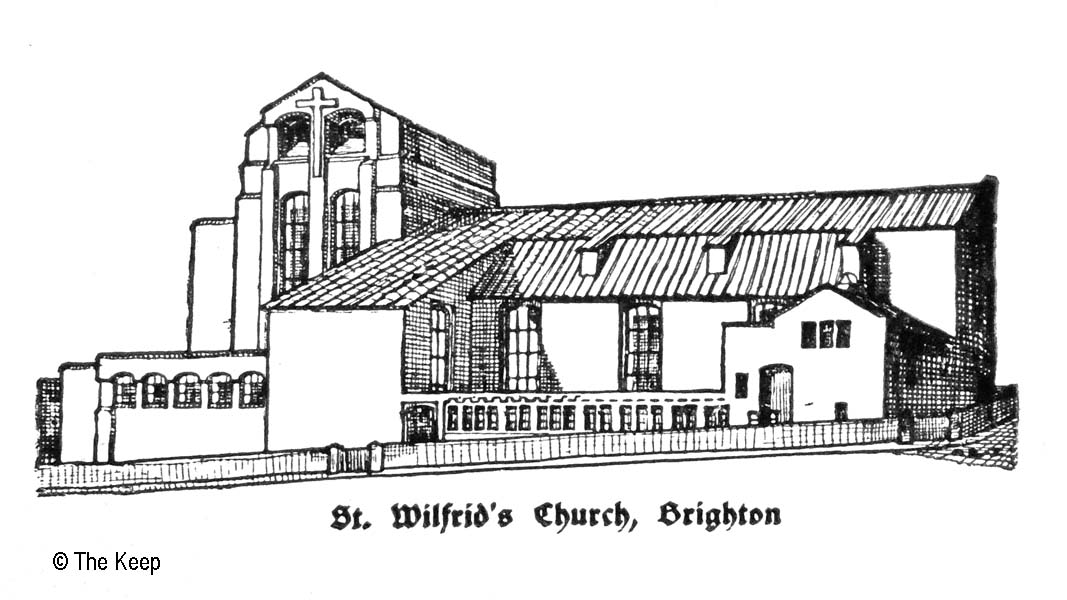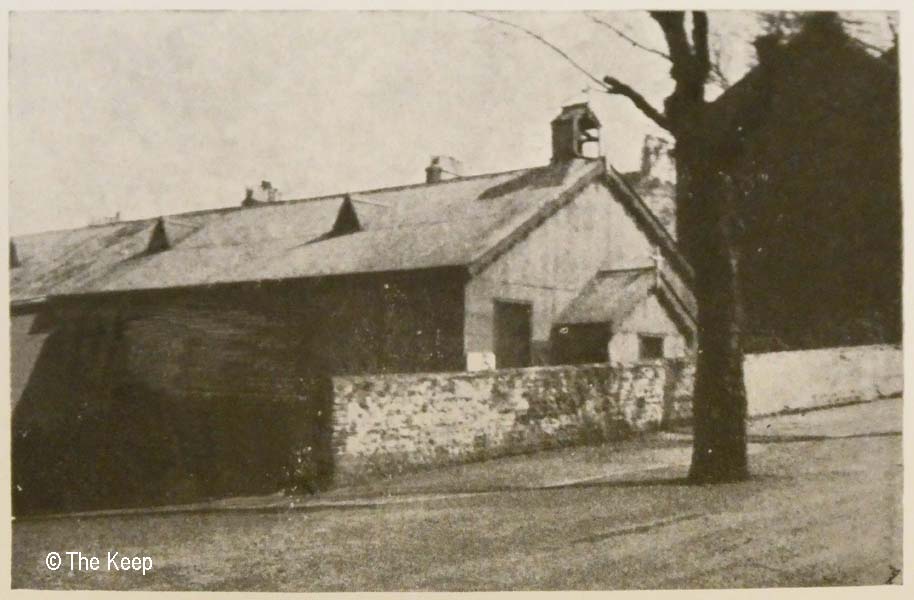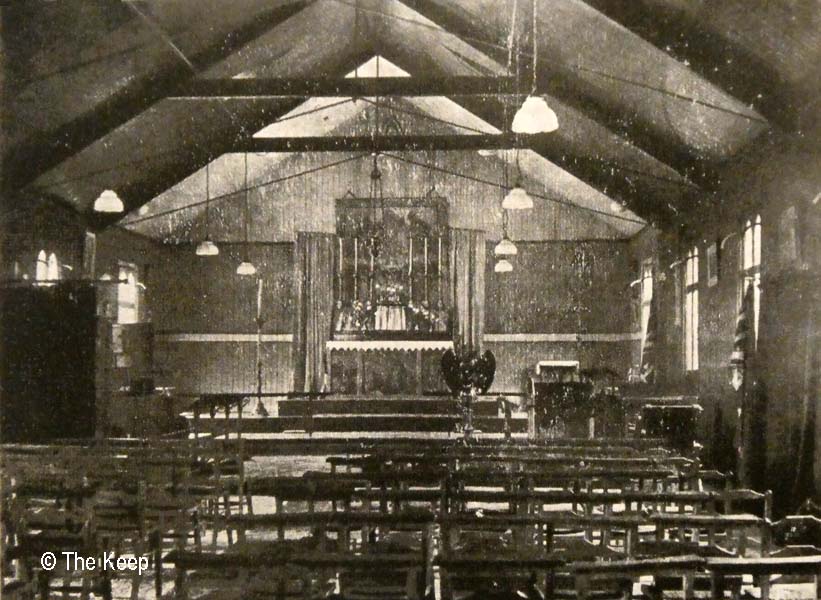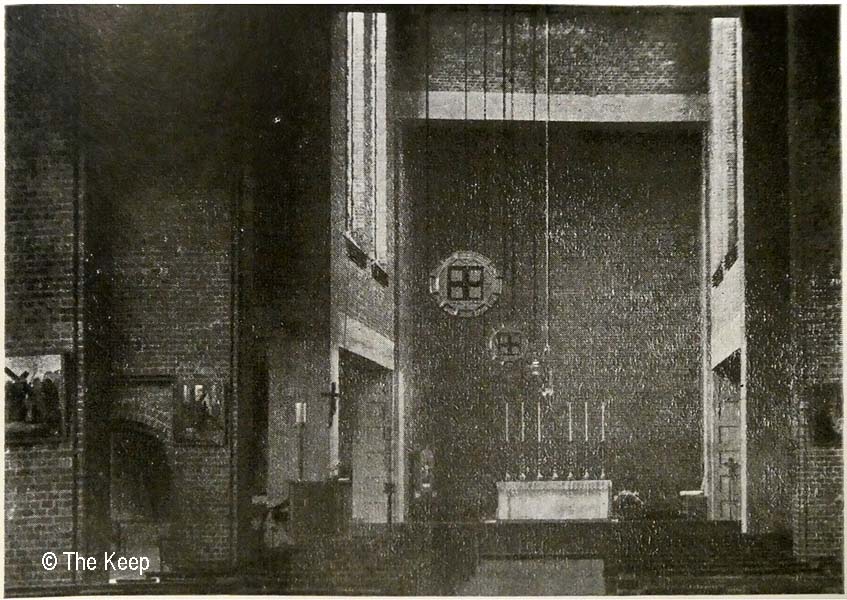
Churches - Bevendean History Project

St Wilfrid Church - 1901 - The Years Between - 1961The Parish Church of St. Wilfrid
Elm Grove, Brighton
Elm Grove, Brighton

1901 – THE YEARS BETWEEN – 1961

The year 1900 was the beginning of a Church in Elm Grove. It was a twentieth century adventure in the Christian Faith, on behalf of the English Church. The area was a part of the Parish Church of Brighton on its eastern boundary. The Rev. C. H. Martin was appointed as Priest-in-Charge of the district. He soon gathered a small group of people round him, meeting at first in a room in Elm Grove — No. 147 Elm Grove was then rented, with a Men’s Bible Class and Club, and for the growing Sunday School. The use of St. Luke’s Parish Room, on the corner of Lynton Street was then offered by St. Luke’s Parish for the Sunday Services and Sunday School. The urgent need for a temporary church resulted in a lot of seeking for money by the Priest-in-Charge, and a site in Elm Grove at the corner of Whippingham Road (known as the Cabbage Patch), was purchased and a temporary tin Church was built during 1901 and was first opened for worship on 25th August of that year. The dedication ceremony was performed by Bishop Wilberforce in January, 1902.
The Parish Priest, by his daily visiting, soon filled the Church, and the Sunday School grew rapidly. The hard work and the hilly streets proved too much for him. He was a frail man and his health suffered. It was a great blow to the Mission when he had to resign. Everybody knew him and he was beloved and respected by all kinds of people, worshippers and non-worshippers of the Church.
In 1902 the Rev. T. J. James was appointed, a young priest full of zeal for the souls of men, taking up the work of his predecessor and continuing to develop the Church’s spiritual and social work, by having the Church enlarged, and building a Parish room under the extended Sanctuary.
During the Rev. James’ ministry, many men were confirmed, and became faithful communicant members, The Men’s Bible Class too was bearing much fruit. The Priest-in-Charge had the support of a group of Ladies who, each week, visited the whole district which provided the Church with a contact with the parishioners.
In 1909, the Rev, T. J. James was appointed Vicar of a Parish that was almost dead, St. Ann’s, Kemp Town. Their gain was our loss.
The Rev. M. Hayllar was appointed the next Priest-in-charge, giving up a country living in Lincolnshire, to take over this difficult Mission District of hilly streets and a Tin Church, and a much smaller Stipend than he had previously received. He was a deeply spiritual man, a good visitor, giving himself entirely to his work, keeping a hold on the Men’s Bible Class and Club and Sunday Schools, endearing himself to all whom he came in contact with. However, as time went on, he found he had to give up for reasons of failing health.

Interior view of the Tin Church
It was now that there was a succession of Priests-in-charge, and often many weeks elapsed between the departure of one and the appointment of another. Each found the work hard and difficult, as a rota of duties at the Parish Church of St Peter took some of their time, together with Cemetery work.
In 1917 the Rev. B. H. Pemberton from St. Bartholomew’s. Brighton, was appointed, and it was during his many years at St. Wilfrid’s the High Anglican teaching and mode of worship was introduced.
In 1922 the Mission District became a Parish and the Ecclesiastic Commissioners suggested a larger area, which took in several streets on the South side of Elm Grove from St. Luke’s Parish. This added more work and spiritual oversight for the Vicar of St. Wilfrid’s, hundreds of extra houses and nearly 2,000 more souls and, quoting the Vicar’s own words, St. Wilfrid’s became a Parish, a unique one, without a permanent church.”
It was then decided to raise money for a Parish Hall and the Vicar took on this work with the help of his mother and, after a few years, collected sufficient for the building of the Parish Hall in Whippingham Road, in 1927. His foresight in this building became more and more evident as the years passed, and would have cost the Church many thousands more if it had been deferred to a later date.
In 1930, the Rev. B. H. Pemberton was appointed Vicar of All Souls, Hastings, having given 13 years of good service, spiritually and socially, to the Parish. In 1930 the Rev. W. E. Westall was appointed by Bishop Bell, coming from the Church of The Good Shepherd, Brighton. At once, he entered with zest and zeal into the work, so well established by his predecessors. His charm and personality endeared him to all in the Church and Parish. The Church organisations of Sunday Schools, Women and Youth, developed in numbers and produced good results.
In 1932, the Bishop launched the “Sussex Church Builders” which provided the money needed for a permanent Church. On the 24th May, 1932, the demolition of the tin Church was commenced, and the Foundation Stone of the new Church laid on the 3rd December, 1932, by Lady Moore, a daughter of the late Bishop Burrows who suggested the building and to whom the Church is a memorial. On the 25th November, 1933, the Church was consecrated by the late Bishop Bell, and after 32 years we had, at last, a permanent Church.
The war came in September, 1939, and the Parish had to deal with the unforeseen problem of evacuee children billeted in the Parish. It was then that evening services had to be abandoned as it was impossible to black out the many windows of the Church. This marked the beginning of decreased attendances at Evensong and, up to the present time, has never picked up.
The Crypt became a Public Air Raid Shelter and was, at times, used for Worship.
The famous Mural Painting in the North Chapel was carried out by Mr. Hans Fiebusch. It was a gift to St. Wilfrid’s made possible by Bishop Bell.
The Vicar now began to feel the strain of hard work of those early war years. The Bishop arranged with the Archbishop of York that he and the Rev. L. Richardson, Rector of Hawnby, Yorkshire, should have a temporary exchange of livings. The exchange ceased to be a temporary one in 1942. The Rev. W. E. Westall became Vicar of Hawnby and the Rev. L. Richardson Vicar of St. Wilfrid’s, and remained Vicar until 1947, when he was offered the living of St. Augustine’s, Flimwell. He was succeeded by the Rev. L. J. Crampton in July, 1947.
The post-war difficulties which most Parishes had, were experienced by the Rev. L. Richardson and the Rev. L. J. Crampton. The Sunday Schools had very poor attendances, but improved as time went on. But Church attendance was poor. The Vicar was hampered in his work, having the Chaplaincy of the Crematorium, which took several hours daily of his time and his contact with the Parish was lessened. In 1956 he accepted the Chaplaincy of the Ratcliffe Hospital, Oxford, and in Lent, 1957, the Rev. J. H. Read was appointed Vicar, coming from St. Mark’s, Horsham, where he had been Priest-in-charge. He at once got down to re-organising Parish work and, with the advice of Bishop Bell, discontinued services and Rites not in keeping with the Prayer Book. The changes were not a step back but a move to loyalty to true Anglican Worship. The Vicar continued his good work and had to face the raising of much money for Church Repairs, enforceable under the “The Church Inspection Measure,” and further, putting in a new Electric Heating. The Parish responded well and much of the money was found, but still more has to be given to complete the work. The work among children and youth greatly increased; the Church attendance made a steady increase of communicants and collections.
And now, with much regret, the Vicar has accepted the Living of St. Mary’s, Beddington, and our loss will be St. Mary’s gain. And so, through all the years between 1901 and 1961, each Parish Priest gave, in one way or another, service and gifts to St. Wilfrid’s Parish.
T.W.B.

View towards the altar in the new St Wilfrid’s Church
